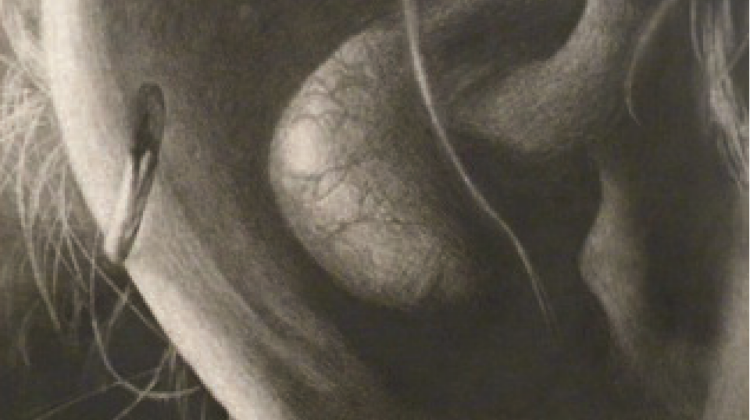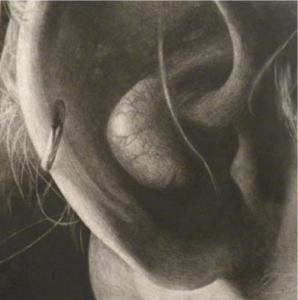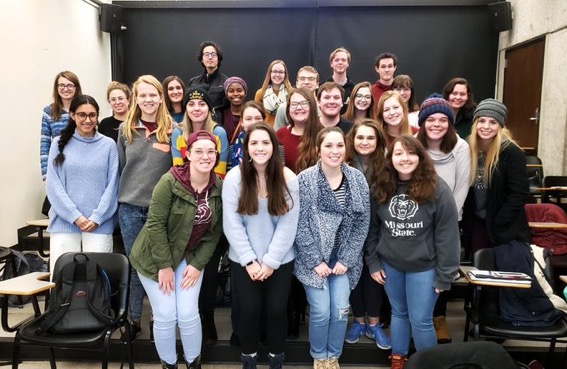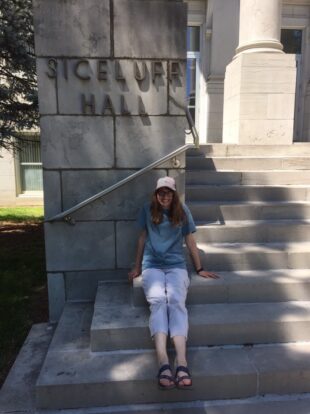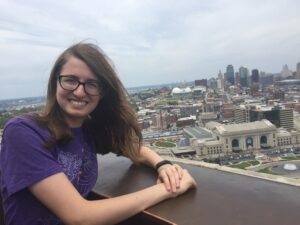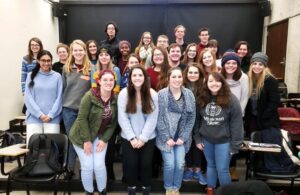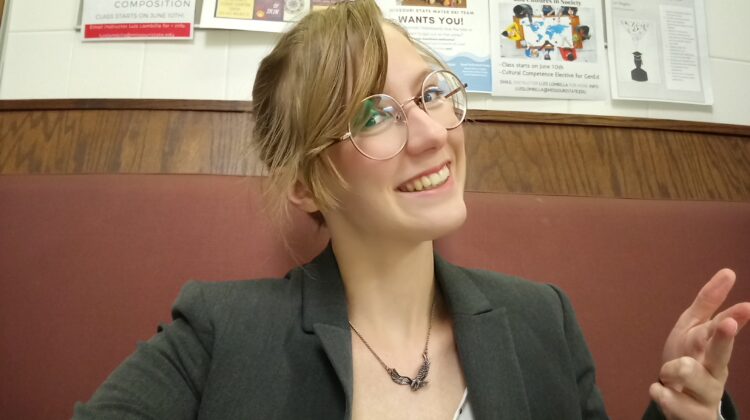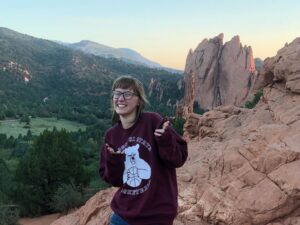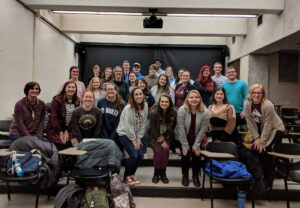Content is uploaded online every second of every day. This content is then consumed by a diverse group of users around the world. With more and more information becoming available online, it is important that content creators make their material accessible to everyone. Not everyone accesses the internet in the same way; therefore, we must be vigilant in making sure the content we create is available to all. People who can not receive media in certain formats need to be able to obtain this information in an alternative way. This blog post walks you through the basic principles your content should meet.
What are the 4 main principles of web content accessibility?
According to the Web Accessibility Initiative, there are four standards content must meet to fulfill their Web Content Accessibility Guidelines.
These principles are:
- Perceivable
- Operable
- Understandable
- Robust
How do I make sure my content is perceivable?
To ensure that content is perceivable, users with a wide range of abilities must be able to receive the information that is being provided. This means that all non-text content, such as photographs, needs to include a written description. This is incredibly important for users who can only take in information on websites by using read-aloud apps to speak the words on the page. Without an alternative caption for items such as photographs and videos, certain users will not know that this additional content exists at all. Images should have written descriptions, unless purely for decoration, and videos should have closed captions.
It is also vital that information is presented in a color and size that are readable. For example, some people have vision problems that make it difficult to read. To ensure that your content is available to those with poor eyesight, use a dark type color on a light background with a font size that is not too small.
How do I make my website operable?
Websites are operable when users are able to effectively use all features on whatever device they have available to them. Not everyone has the same access to technological devices, so it is necessary to ensure that a website displays the same content on a wide range of technology. Content should not be created with only one device in mind. Test out your material on a variety of devices to ensure that nothing vital changes.
How do I make my website understandable?
To make your website understandable, consider the different backgrounds of your audience members. Avoid using complicated words and jargon that only a specific group would understand. You do not want to confuse readers with wordiness and complicated sentence structure. It is also important to ensure that the layout of your content is easy to follow. Do not distract users with a difficult-to-navigate website. For example, make your headings appear in the same place so that your readers do not get distracted and confused by varying placements. Lastly, make buttons clear and concise. Users should be able to know exactly what will happen when they click on one.
How do I make my website robust?
Technology advances by the day, and it is vital that you keep your website content up-to-date with the newest mechanics. As phones and computers continue to develop in new shapes and sizes, be sure to test that your content’s layout is not significantly different across these new devices. You do not want some of your readers to miss out on your site simply because they have a particular device.
Conclusion
Website developers and content creators online should always strive to meet these four principles that the Web Accessibility Initiative laid out. Making your website perceivable, operable, understandable, and robust ensures that users with differing means of access will be able to reach and easily comprehend your content. Learning these principles is just the beginning; be sure to include them in your next website post!

